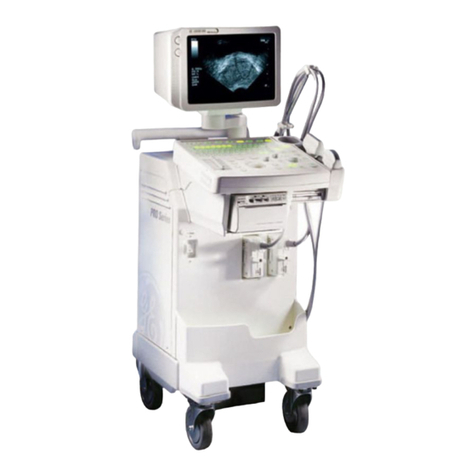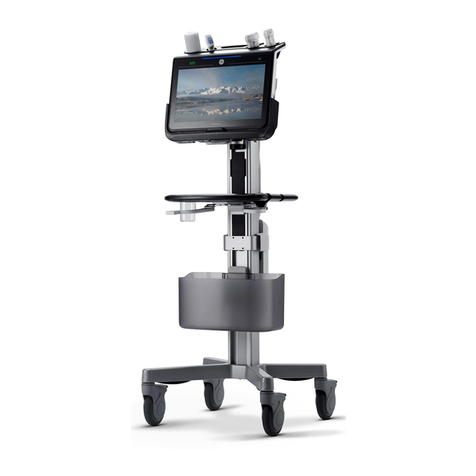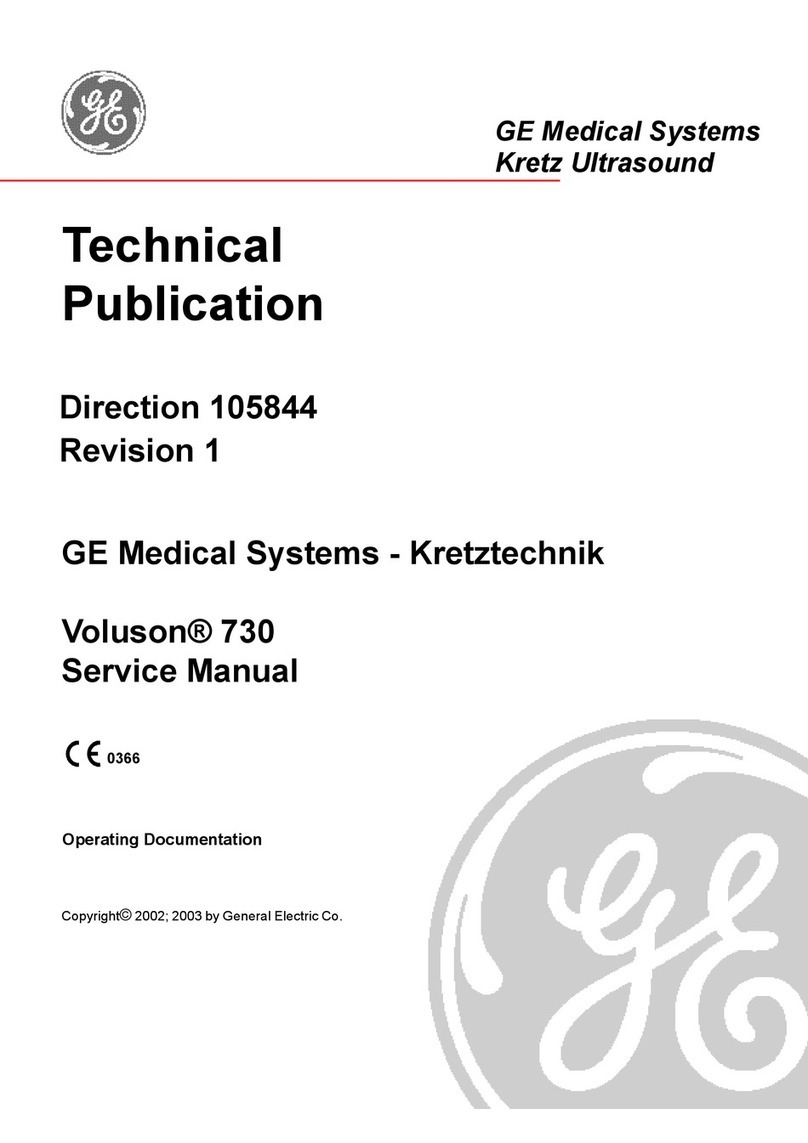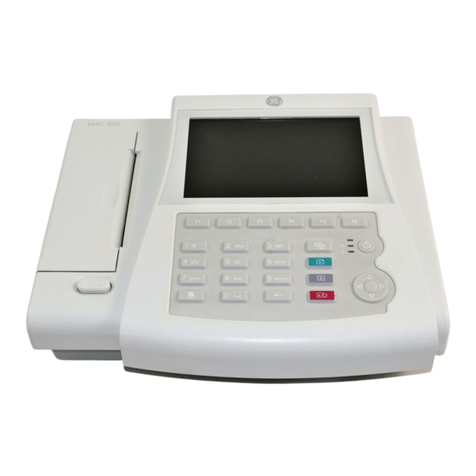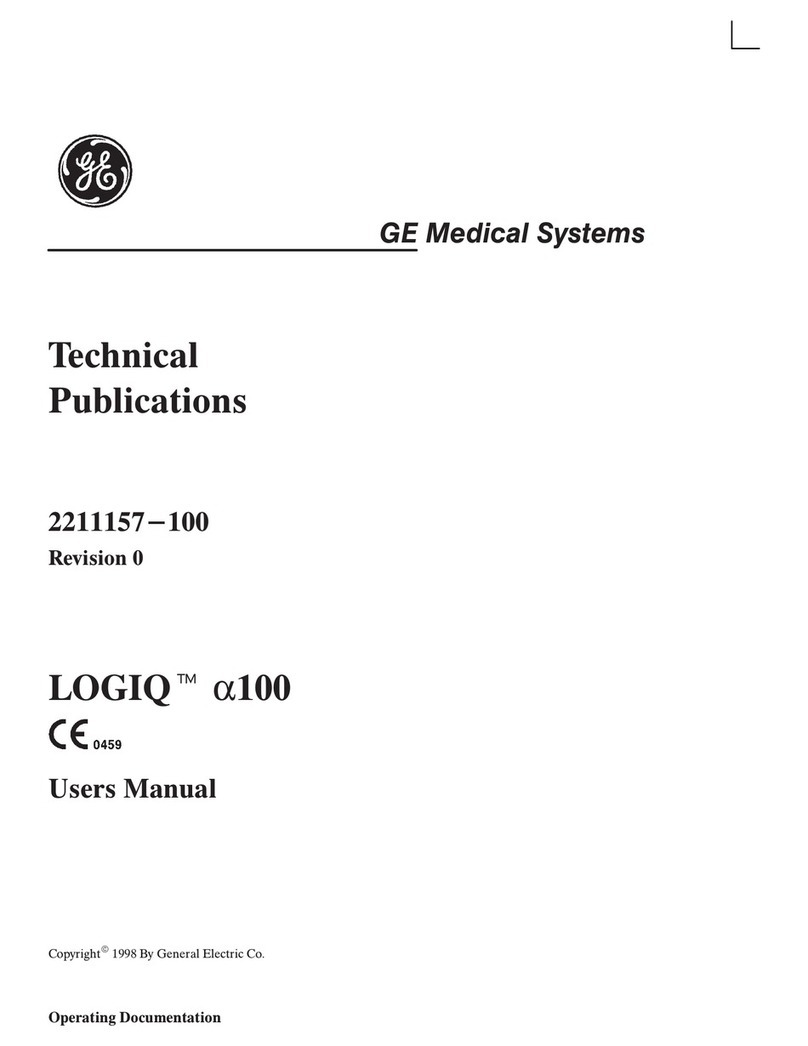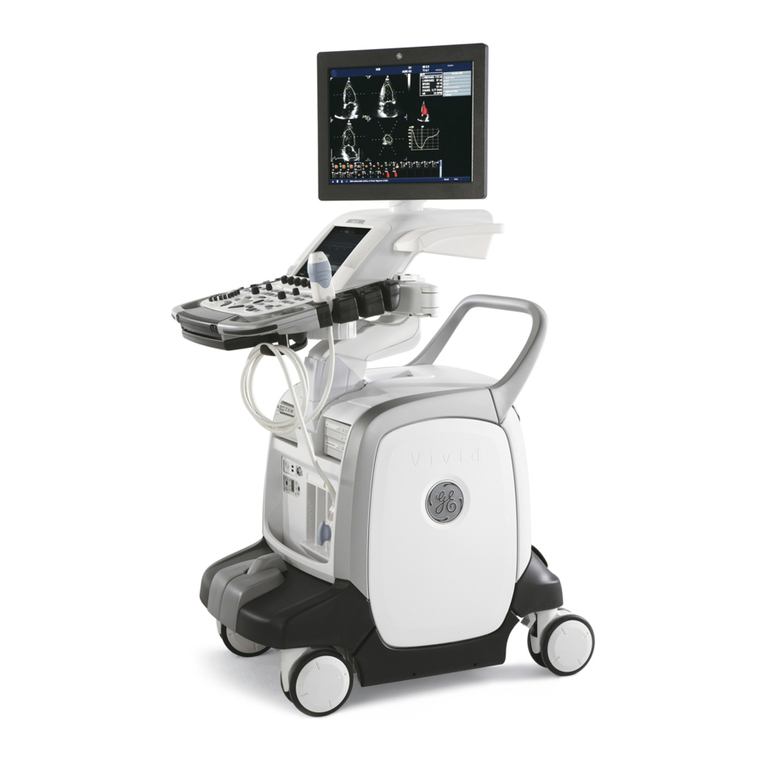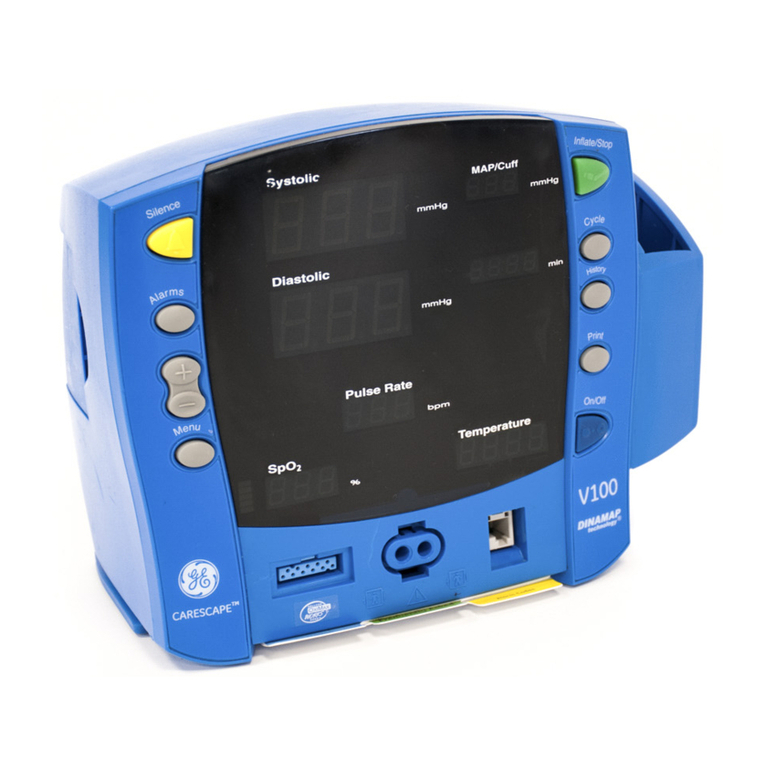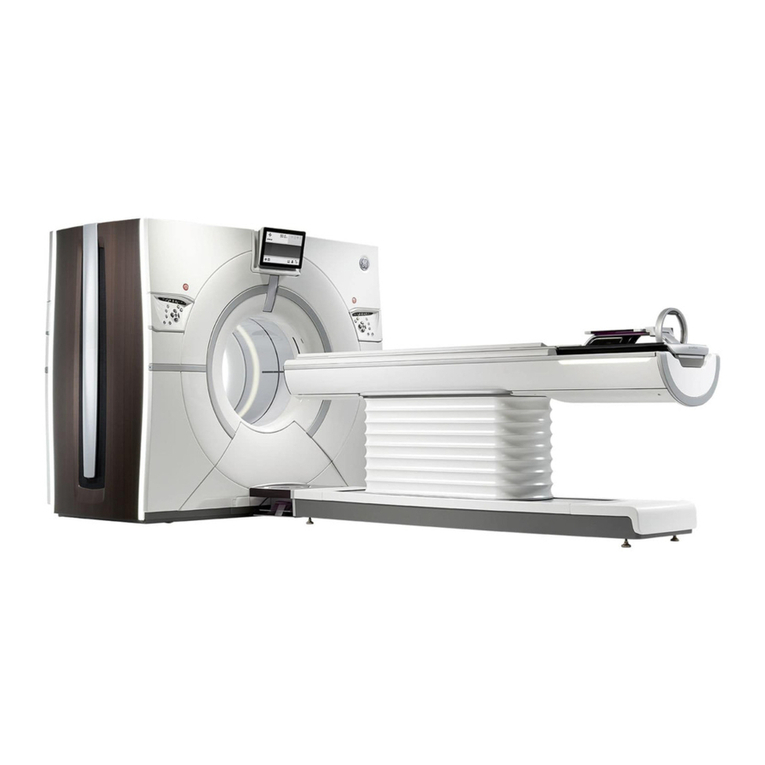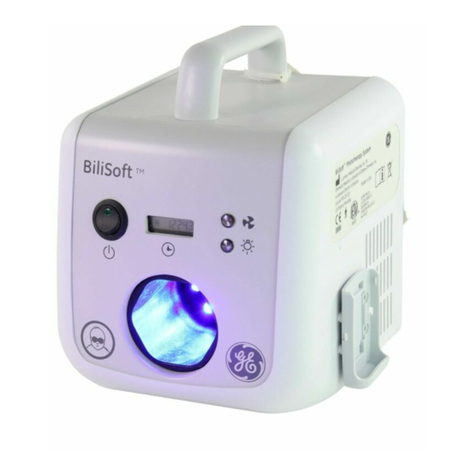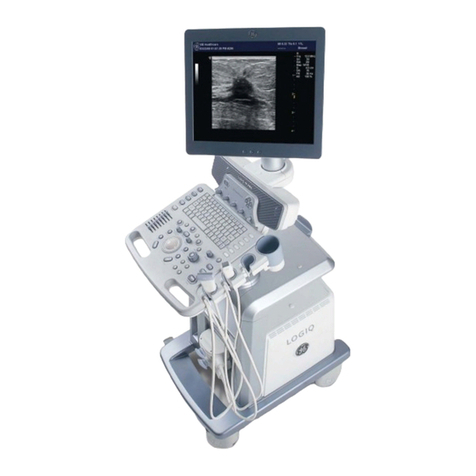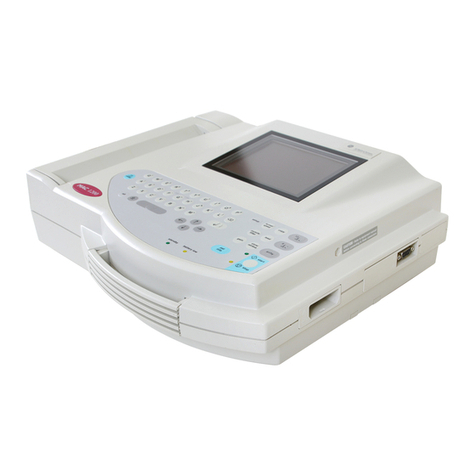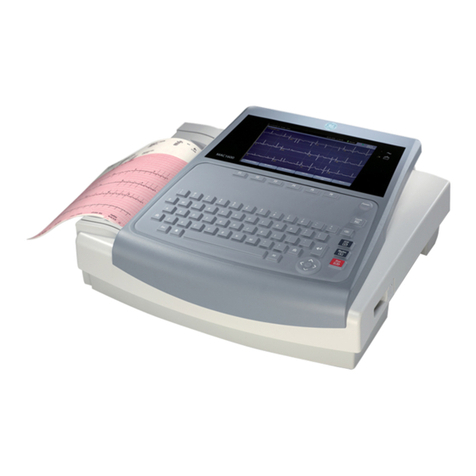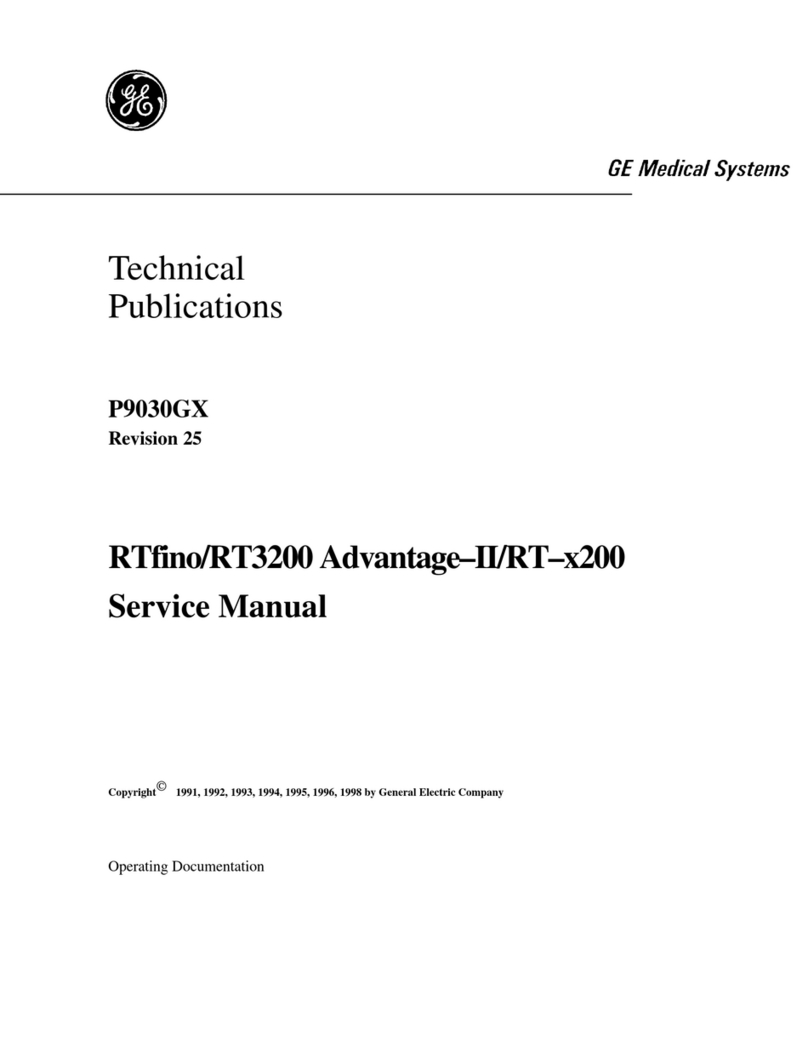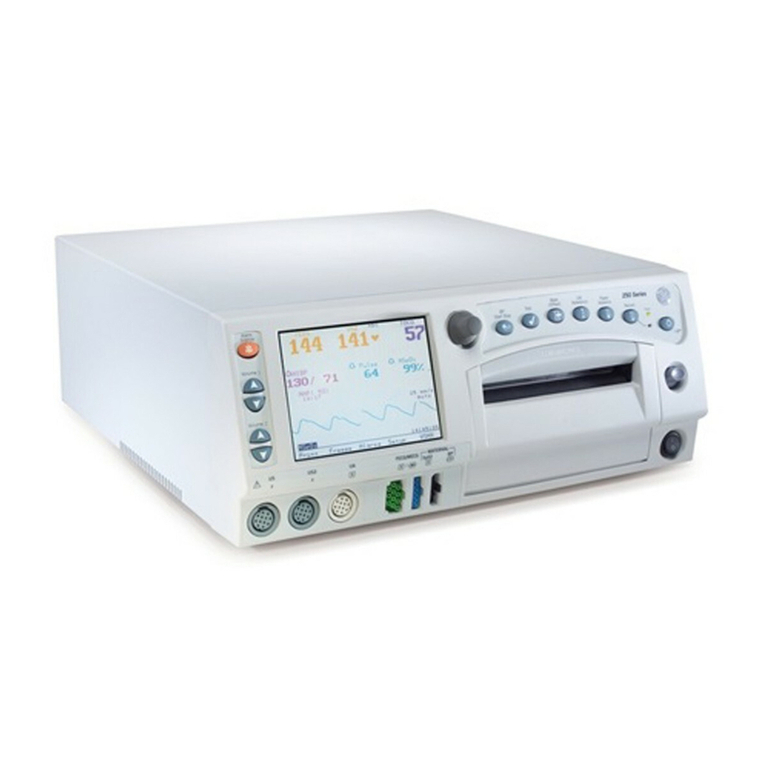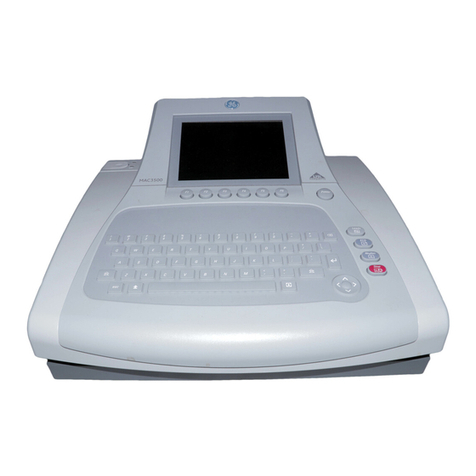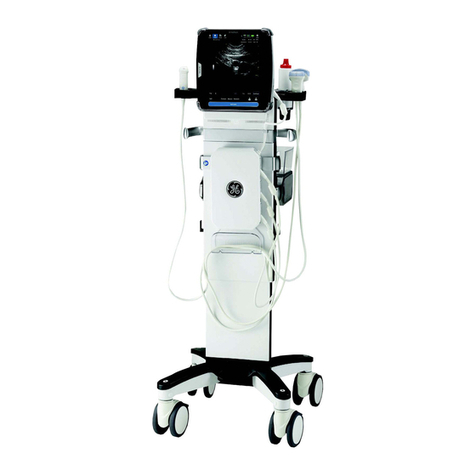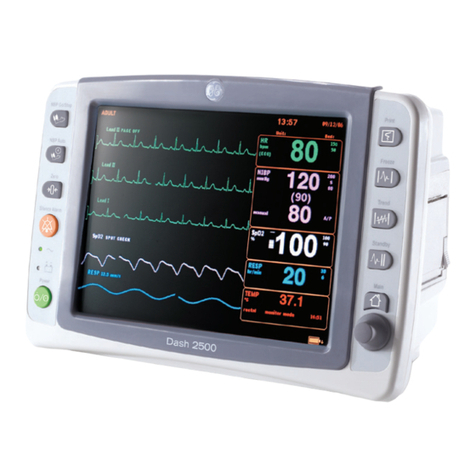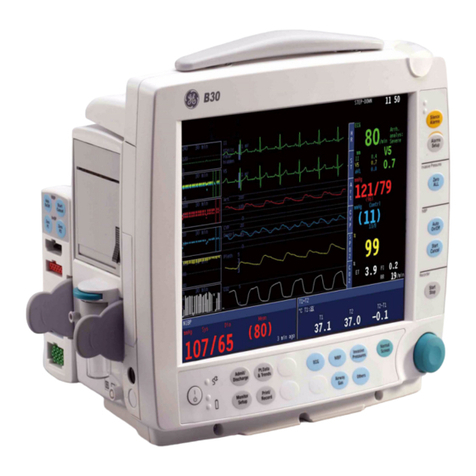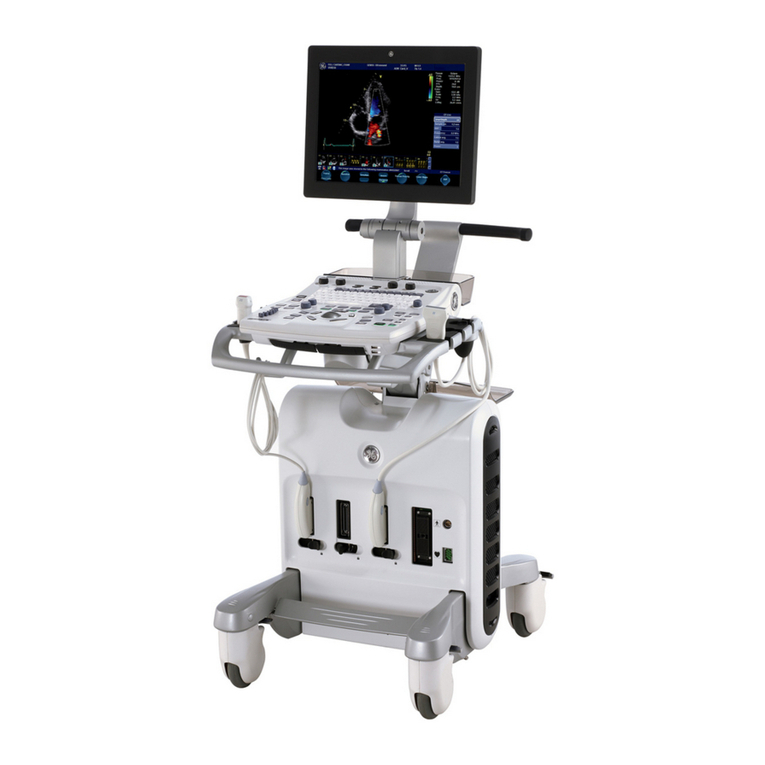
6
April-2023 8815 User Guide (BB1312-N)
General Information
Product specifications for this transducer can be found in the Product Data sheet that
accompanies this user guide.
Acoustic output data and data about EMC (electromagnetic compatibility) for this
transducer are in Technical Data (BZ2100) that accompanies this user guide. A full
explanation of acoustic output data is given in your scanner user guide.
Caring for the Transducer
The transducer may be damaged during use or processing, so it must be checked
before use for cracks or irregularities in the surface. It should also be checked
thoroughly once a month following the procedure in
Care, Cleaning & Safety
.
Service and Repair
Cleaning and Disinfection
To ensure the best results when using BK Medical equipment, it is important to
maintain a strict cleaning routine.
Full details of cleaning and disinfection procedures can be found in
Care, Cleaning
& Safety
that accompanies this user guide. A list of disinfectants and disinfection
methods that the transducer can withstand are listed in the Product Data sheet.
Sterile cover is available. See the Product Data sheet for more details.
WARNING
If at any time the scanner malfunctions, or the image is severely distorted or degraded, or
you suspect in any way that the scanner is not functioning correctly:
•
Remove all transducers from contact with the patient.
•
Turn off the scanner. Unplug the scanner from the wall and make sure it cannot be
used until it has been checked.
•
Do not remove the scanner cover.
•Contact your BK Medical representative or hospital technician.
.
WARNING
Always keep the exposure level (the acoustic output level and the exposure time) as low
as possible.
WARNING
Service and repair of BK Medical electromedical equipment must be carried out only by
the manufacturer or its authorized representatives. BK Medical reserves the right to
disclaim all responsibility, including but not limited to responsibility for the operating
safety, reliability and performance of equipment serviced or repaired by other parties.
After service or repairs have been carried out, a qualified electrical engineer or hospital
technician should verify the safety of all equipment.






